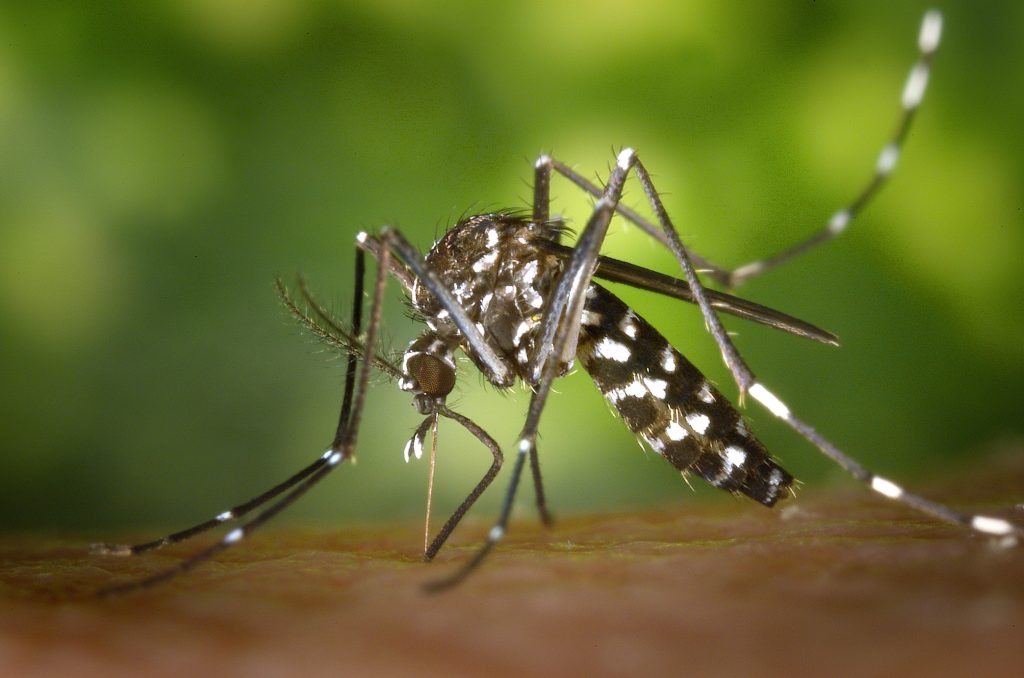
In addition to floods, droughts, wildfires, monster storms, and a host of other problems, climate change is responsible for a looming public health emergency. New England Journal of Medicine, World Health Organization, United Nations, National Institutes of Environmental Health, and American Public Health Association are all sounding the alarm.
Scientific evidence from the US Global Change Research Program’s fourth National Climate Assessment shows climate change presents the biggest global health threat of the 21st century. The study details multiple ways global health has already been impacted by climate change. Health-related climate change issues will not be limited to developing countries. We will all be affected.
Causes of climate change health problems
Here are seven ways we know climate change is already harming our health and will continue to grow worse:
- increasing frequency, intensity, and duration of heat waves, droughts, wildfires, floods and storms
- increasing heat-related disorders
- worsening air pollution
- decreased mental performance
- increasing transmission of vector (insect), food, and water-borne diseases
- threats to food and nutrition security
- threats to mental health and well-being
If you’re a visual person, view this Centers for Disease Control Climate and Health Program graph to see how climate change impacts health.
I wrote about climate-induced mental health issues in my recent blog, Self Care in the Age of Eco-Anxiety. In this blog, I’ll focus on vector (insect) borne diseases.
Temperature, sea level rise, and precipitation pattern changes increase the number and spread of vectors and pathogens they transmit. Why? Seasons are longer and more conducive to insect population growth. Changes in weather patterns and seasons also allow insects to extend their range.
Permafrost soils frozen for thousands of years are melting and releasing ancient viruses and bacteria. Anthrax is one pathogen that has been released from permafrost. Scientists are concerned about the possibility of a global anthrax outbreak.

Malaria has spread in East Africa. North America has been invaded by West Nile and Zika virus infected Asian tiger mosquitoes from Uganda and Southeast Asia. Ticks carrying Powassan virus, Rocky Mountain Spotted Fever, and Lyme disease are on the rise and spreading across the United States.

Lyme disease in particular is a huge issue in the Northeastern United States. I live in an epicenter of Lyme disease. I’ve had Lyme four times, despite taking multiple precautions. Many of my friends and neighbors have had Lyme more than once. Deer ticks, carriers of Lyme, are active any time the temperature is above 32 degrees. It is essential to take precautions when you ae outdoors.
Climate change is causing a public health nightmare. Are we prepared for it?
What you can do
Learn all you can about climate change.
Contact your congressperson to demand action on climate change.
Make lifestyle changes.
Join with others to make a difference.
Learn about Lyme disease and take precautions
Do everything you can to maintain an optimal state of health. https://www.gaiam.com/blogs/discover/15-easy-ways-to-be-healthier

Leave a Reply